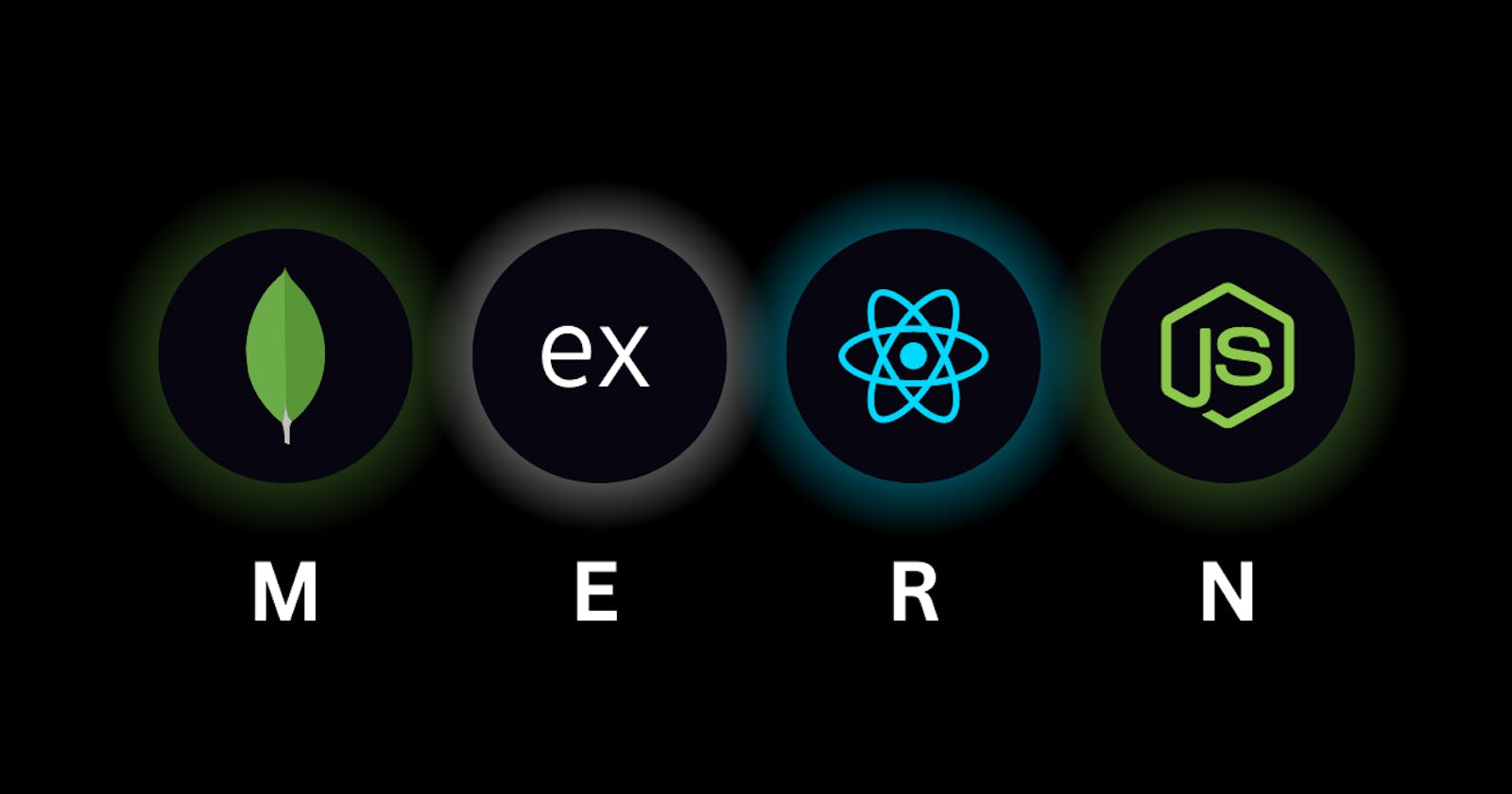Introduction
In today's digital era, where web and mobile applications have become an integral part of our lives, the role of backend development is often overlooked. Yet, it is the backbone that enables seamless functionality, data storage, and business logic implementation. In this blog post, we will embark on a journey into the world of backend development, specifically focusing on the MERN stack. We will explore the technologies involved, and the development process, and provide insights on becoming a proficient backend developer.
What is Backend Development?
Backend development involves designing and implementing the server-side logic and infrastructure that powers web applications. It encompasses handling data storage, processing requests, executing business logic, and managing communication between the front end and the database. In the context of the MERN stack, backend development revolves around MongoDB, Express.js, Node.js, and integration with React.
Technologies in Backend Development
MongoDB: A NoSQL document-oriented database that provides flexibility and scalability for data storage and retrieval.
Express.js: A fast and minimalist web application framework for Node.js that simplifies building robust APIs and handling HTTP requests.
Node.js: A runtime environment built on Chrome's V8 engine, enabling server-side JavaScript execution and facilitating event-driven, non-blocking I/O operations.
The Backend Development Process
- Planning and Design: The backend development process begins with thorough planning and design. This involves defining project requirements and understanding the desired functionality of the application. Let's consider an example of building an e-commerce platform. During this phase, you would identify the necessary features such as user registration, product listing, shopping cart functionality, and payment processing.
To design the backend architecture, you would create data models and schemas using MongoDB. For our e-commerce platform, you might design models for users, products, orders, and transactions. These models would define the structure and relationships of the data that will be stored in the database.
- Setting Up the Backend Infrastructure: After the planning and design stage, it's time to set up the backend infrastructure. This involves installing the required dependencies using npm or yarn, creating the project structure, and configuring the necessary files.
For example, in a MERN stack project, you would use Express.js as the web application framework for Node.js. You would set up the server using Express.js and connect it to the MongoDB database. This connection allows your backend to store and retrieve data seamlessly.
- Implementing APIs and Business Logic: APIs (Application Programming Interfaces) act as the bridge between the front end and the back end. They handle requests from the front end and process data, interacting with the database and executing business logic.
Continuing with our e-commerce example, you would create API endpoints for user registration, product listing, adding items to the shopping cart, and placing orders. Each endpoint would have a specific URL, such as /api/users/register or /api/products/list, and would be responsible for performing the necessary operations.
Middleware plays a crucial role in backend development. For example, you might write authentication middleware to ensure that only authenticated users can access certain routes. This middleware would verify user credentials, generate and validate JSON Web Tokens (JWT), and authorize access to protected routes.
- Integrating with the Frontend: In the MERN stack, integration between the backend and the frontend, built with React, is essential. The backend provides APIs that the front end consumes to retrieve and manipulate data.
For our e-commerce platform, the front end might send a request to the backend API endpoint /api/products/list to fetch a list of available products. The backend would process this request, retrieve the relevant data from the MongoDB database, and respond with the requested information.
To enable communication between the front end and the back end, you would configure CORS (Cross-Origin Resource Sharing). CORS defines the access control policies that determine whether the front end can make requests to the backend from a different origin (URL).
- Testing and Debugging: Thorough testing and debugging are crucial for ensuring the reliability and stability of the backend. This involves writing unit tests and integration tests to validate the functionality of the APIs and business logic.
For example, you would write unit tests to ensure that API endpoints return the correct responses for various scenarios. Integration tests would cover scenarios where multiple components interact, such as testing the flow of adding items to the shopping cart and processing the order.
Debugging tools and logging play a vital role in identifying and resolving issues. Logging key events and errors helps in diagnosing problems and improving the performance of the backend.
- Deployment and DevOps: Once the backend is thoroughly tested and ready, it's time for deployment to a production server. This involves configuring the environment variables, and security settings, and fine-tuning the backend for optimal performance.
DevOps practices come into play during the deployment phase. Containerization with Docker allows for creating reproducible and scalable environments. You can package your backend application into a Docker container, ensuring consistent deployment across different environments.
Continuous Integration and Continuous Deployment (CI/CD) pipelines automate the build, testing, and deployment processes. Services like GitHub Actions or Jenkins can be used to set up CI/CD pipelines, enabling efficient and streamlined development and deployment workflows.
How to Become a Backend Developer
Master the Fundamentals:
Gain a solid understanding of JavaScript and its core concepts.
Learn Node.js and Express.js to build server-side applications.
Acquire knowledge of RESTful APIs and HTTP protocols.
Database Management:
Familiarize yourself with database concepts, particularly NoSQL databases like MongoDB.
Explore database querying, indexing, and optimization techniques.
Security and Authentication:
Understand authentication and authorization mechanisms such as JSON Web Tokens (JWT) and OAuth.
Learn how to secure API endpoints and implement user authentication and authorization.
DevOps and Deployment:
- Dive into DevOps practices and tools, including containerization with Docker and deployment with platforms like Heroku or AWS.
Continuous Learning:
Stay updated with the latest technologies, frameworks, and best practices.
Engage in open-source projects and join developer communities to collaborate and learn from others.
Conclusion
Backend development is a crucial aspect of web application development, enabling the seamless operation of digital solutions. With the MERN stack, utilizing technologies like MongoDB, Express.js, and Node.js, developers can build powerful and scalable backend systems. By understanding the development process, mastering the necessary technologies, and continuously expanding your skillset, you can embark on an exciting journey to becoming a proficient backend developer.
Remember, every line of code you write on the backend contributes to creating robust, efficient, and secure applications that drive the digital world forward.
Happy coding!🔥

